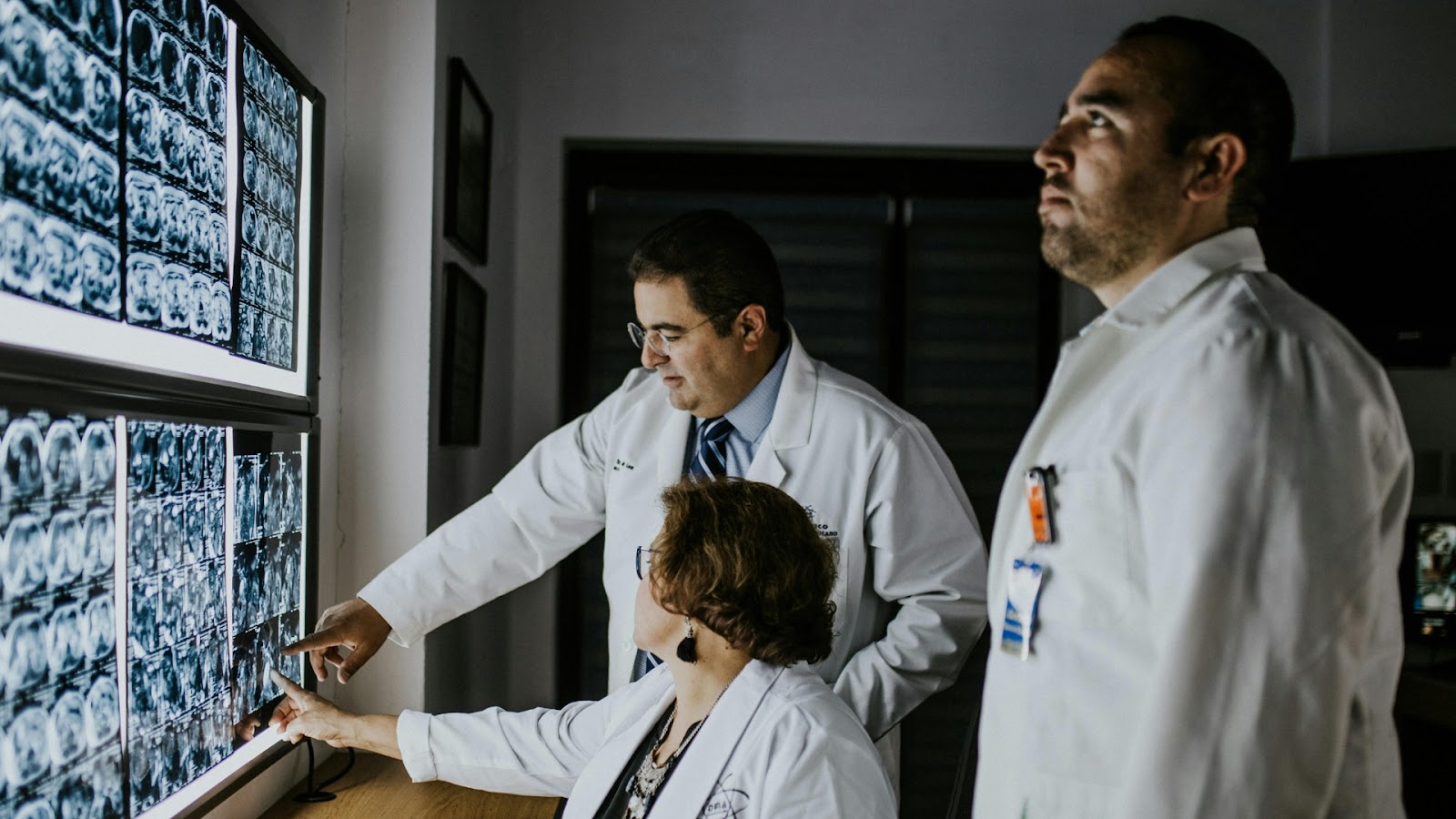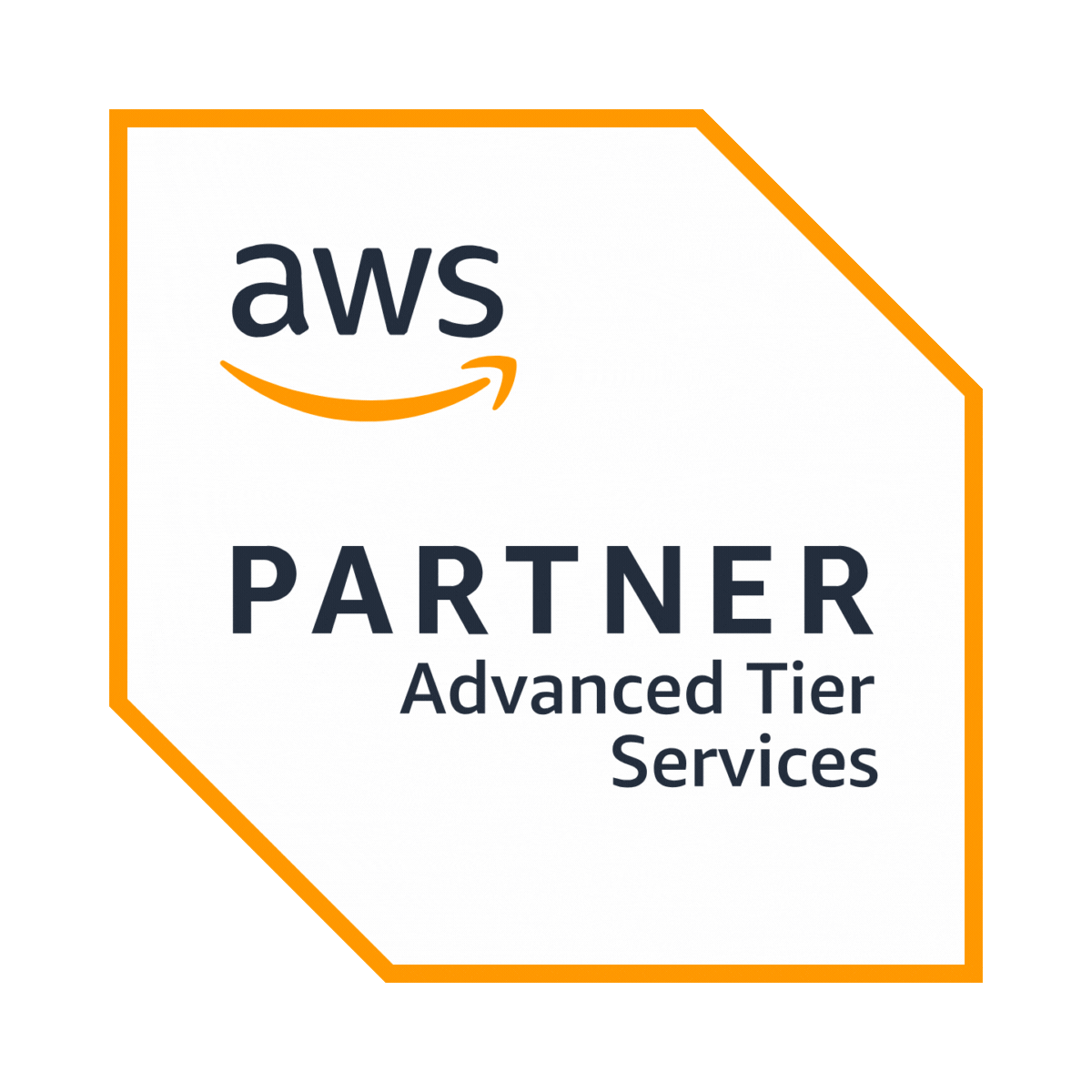Big data refers to the massive amount of health-related information that’s generated every day. This could include everything from electronic health records (EHR) to medical imaging, and even data from wearables like fitness trackers. On the other hand, predictive analytics in healthcare is all about using that data to forecast health trends and outcomes, helping doctors make more informed decisions, spot potential risks early, and offer personalized treatments.
By combining the power of big data and predictive analytics, healthcare professionals are now able to improve patient care, reduce costs, and even prevent illnesses before they happen. These tools allow for smarter, faster decision-making, which is a game-changer for both healthcare providers and patients.
In this article, we’ll explore how big data and predictive analytics in healthcare are making healthcare better, what challenges remain, and how the future of healthcare is being shaped by these technologies. We’ll also look at some real-world examples and trends to help you understand how these tools are being used right now.

What is big data in healthcare?
In healthcare, big data refers to the vast and complex volume of data generated from a wide array of sources. These sources include electronic health records (EHR), medical imaging, patient monitoring systems, clinical trial data, and even health-related information from wearable devices. Unlike traditional data, big data encompasses both structured data (such as numerical health records) and unstructured data (like clinical notes, medical images, and patient feedback).
The significance of big data in healthcare lies in its potential to offer valuable insights that drive better decision-making. By analyzing this extensive amount of data, healthcare professionals can uncover patterns, identify emerging health trends, and predict potential risks before they manifest. This allows for more timely interventions, better patient care, and improved operational efficiency.
For example, hospitals can utilize big data to track patient outcomes, manage hospital resources more effectively, and optimize treatment plans. Healthcare providers can also identify at-risk patients and tailor preventive measures accordingly, improving long-term health outcomes.
Predictive analytics: A game-changer for healthcare
Predictive analytics in healthcare is transforming how healthcare providers anticipate and address patient needs. By analyzing historical data, predictive models can forecast future health events, enabling professionals to take timely actions and make informed decisions.
How predictive analytics works
Predictive analytics uses algorithms and machine learning to analyze large volumes of data. This data might come from patient records, medical imaging, wearable devices, or even lifestyle factors. By identifying patterns, predictive models help healthcare providers predict potential health risks and outcomes.
For example, predictive analytics can:
- Identify patients at risk: By analyzing a patient’s health history and other factors, predictive tools can highlight individuals who may be at higher risk for conditions like heart disease, diabetes, or cancer.
- Improve hospital efficiency: Predictive models help hospitals forecast patient admission rates, ensuring resources like beds, staff, and equipment are available when needed most.
- Prevent hospital readmissions: By recognizing patterns that suggest a patient may be at risk of readmission, predictive analytics allows for early intervention to prevent unnecessary hospital stays.
Real-world applications of predictive analytics
One of the most significant applications of predictive analytics is in the management of chronic diseases. For instance, predictive analytics can help doctors monitor patients with conditions such as diabetes, offering early warnings when a patient’s condition is deteriorating.
Hospitals are also using predictive tools to optimize patient flow and reduce wait times. By predicting when certain types of patients are likely to arrive, hospitals can ensure they have the right resources in place.
How big data and predictive analytics work together
When big data and predictive analytics in healthcare come together, they create powerful solutions that drive efficiency, improve patient outcomes, and reduce costs. These two technologies complement each other by enabling healthcare providers to not only collect vast amounts of data but also transform that data into actionable insights.
The synergy between big data and predictive analytics
- Big data provides the foundation: Healthcare systems generate enormous amounts of data, from electronic health records (EHR) to medical imaging and patient wearables. This data is collected from a variety of sources and is often complex and unstructured.
- Predictive analytics makes sense of this data: By using sophisticated algorithms and machine learning models, predictive analytics helps to analyze this massive volume of information and uncover hidden patterns and trends that can guide decision-making.
Together, they allow healthcare providers to:
- Predict health outcomes: Predictive models can analyze historical patient data and predict future conditions, helping doctors to make early interventions. For instance, a predictive model can identify patients at risk of a heart attack based on their medical history and lifestyle factors, enabling early treatment and preventative care.
- Optimize healthcare operations: With predictive analytics, hospitals can use big data to forecast patient admission rates, ensuring that resources like hospital beds and staff are allocated efficiently, which ultimately leads to shorter wait times and reduced operational costs.
- Personalize patient care: By combining big data with predictive analytics, healthcare providers can offer more personalized treatment plans. Predictive models analyze data to tailor treatment based on a patient’s individual needs and risk factors, improving treatment effectiveness.
The integration of big data and predictive analytics is revolutionizing how healthcare providers operate, offering smarter, more efficient ways to deliver care and manage resources.
Benefits of big data and predictive analytics in healthcare
The integration of big data and predictive analytics in healthcare offers numerous benefits, transforming how healthcare providers deliver care and manage operations. These technologies are not only enhancing patient outcomes but also driving efficiencies within healthcare systems globally.
1. Improved patient outcomes
One of the primary benefits of big data and predictive analytics is the ability to enhance patient care. By leveraging large volumes of data, healthcare providers can identify trends, predict potential health risks, and intervene before issues become critical. For example, predictive models can analyze a patient's health history and lifestyle data to predict the likelihood of a chronic condition like diabetes or heart disease, allowing doctors to initiate preventive measures early.
2. Early diagnosis and disease prevention
By analyzing historical health data, predictive analytics can help identify early signs of diseases, often before symptoms even appear. For instance, predictive models can flag potential signs of cancer or neurological conditions, providing doctors with the opportunity to diagnose and treat patients in the early stages, which significantly improves the chances of successful treatment.
3. Cost reduction and operational efficiency
Both big data and predictive analytics help healthcare providers optimize their resources. With predictive models, hospitals can anticipate patient admissions, manage bed availability, and ensure that critical staff are on hand when needed. This predictive approach leads to improved resource allocation, shorter wait times, and a reduction in operational costs.
4. Personalization of treatment
Big data and predictive analytics enable the creation of personalized care plans. By analyzing a patient’s genetic data, medical history, and lifestyle factors, healthcare providers can offer treatments that are tailored to the individual, rather than relying on a one-size-fits-all approach. This personalization ensures that patients receive the most effective care possible, increasing their chances of a positive outcome.
5. Improved hospital and healthcare facility management
Healthcare facilities can use big data and predictive analytics to streamline operations and improve overall hospital management. Predictive models can help forecast patient inflow, optimize staffing levels, and reduce bottlenecks in patient care. By analyzing operational data, hospitals can identify inefficiencies, enhance workflow, and improve the quality of care provided.
To explore how healthcare businesses are leveraging these benefits, you can visit AI for businesses service, which provides cutting-edge data-driven solutions for healthcare systems.

Challenges and limitations of big data and predictive analytics in healthcare
While the integration of big data and predictive analytics in healthcare offers significant benefits, it also comes with its own set of challenges and limitations that must be addressed for effective implementation.
1. Data privacy and security concerns
One of the most pressing challenges in healthcare data analytics is ensuring patient privacy and data security. Healthcare data is highly sensitive, and with the rise of big data comes the increased risk of data breaches and cyberattacks. For healthcare providers to successfully implement predictive analytics, they must ensure that patient information is protected in compliance with strict regulations, such as the Health Insurance Portability and Accountability Act (HIPAA) in the United States and the General Data Protection Regulation (GDPR) in Europe.
To mitigate these concerns, healthcare organizations must invest in advanced encryption methods, secure data storage solutions, and compliance frameworks to safeguard sensitive information while still utilizing the full potential of big data.
2. Data quality and standardization
Big data in healthcare often comes from a variety of sources, including hospitals, clinics, wearables, and patient-reported data. However, this data can be messy, inconsistent, and fragmented. Without proper data standardization, it becomes difficult to extract meaningful insights.
Predictive analytics relies on high-quality, clean data to make accurate predictions. Inconsistent data across different healthcare systems, incomplete patient records, and varying data formats can undermine the accuracy of predictive models. Addressing this challenge requires implementing standardized data formats and cleaning processes to ensure that the data used for analytics is reliable.
3. Integration with existing systems
Integrating big data analytics and predictive models into existing healthcare systems can be complex. Many healthcare providers still rely on legacy systems that are not equipped to handle the vast amounts of data generated today. To fully harness the power of big data and predictive analytics, healthcare organizations need to modernize their IT infrastructure and adopt platforms that can seamlessly integrate with current workflows.
This can be a costly and time-consuming process, especially for smaller healthcare facilities that may not have the resources to invest in cutting-edge technology. However, the long-term benefits of enhanced data analytics make it a worthwhile investment.
4. Ethical considerations and biases
Predictive models are only as good as the data they are trained on. If the data used to develop these models contains biases, those biases may be reflected in the predictions, leading to unequal treatment outcomes. For example, if certain populations are underrepresented in the data, predictive models may not accurately predict their health risks or needs.
It is essential for healthcare organizations to address these ethical issues by ensuring that predictive models are trained on diverse and representative datasets. This will help avoid perpetuating healthcare disparities and ensure more equitable care for all patients.
5. High costs and resource allocation
While the long-term benefits of big data and predictive analytics are clear, the initial investment required to implement these technologies can be substantial. Healthcare providers must allocate resources to acquire the necessary infrastructure, hire skilled data scientists, and train staff to utilize these new tools effectively. Additionally, ongoing maintenance costs and system updates are factors that must be considered.
To overcome this challenge, healthcare organizations should approach implementation with a clear strategy, starting with pilot programs that test the feasibility of big data and predictive analytics before rolling out these technologies on a larger scale.
For more insights on how healthcare organizations can overcome these challenges, consider exploring Applify’s AI for businesses, which provides innovative solutions to help healthcare providers address these issues.
The future of big data and predictive analytics in healthcare
The future of big data and predictive analytics in healthcare is incredibly promising, as these technologies continue to evolve and reshape the way healthcare is delivered. With advancements in AI, machine learning, and data processing capabilities, the potential for big data to drive more personalized, efficient, and cost-effective healthcare is vast.
1. AI and machine learning driving predictive accuracy
As artificial intelligence (AI) and machine learning (ML) technologies advance, the accuracy and reliability of predictive models will improve significantly. These technologies can analyze large datasets in real-time, providing healthcare professionals with near-instantaneous insights and predictions. As a result, doctors will have the ability to make faster, more informed decisions, leading to improved patient care and outcomes.
Predictive models will also become more adept at identifying rare or complex conditions that may have previously been overlooked. AI-powered predictive analytics will be able to consider a greater variety of factors, including genetic information, lifestyle choices, and environmental influences, resulting in more personalized care recommendations for patients.
2. Real-time predictive analytics for immediate interventions
One of the most exciting developments on the horizon is the ability to perform real-time predictive analytics in healthcare. By integrating big data from wearable devices, mobile apps, and in-home monitoring systems, predictive models will be able to assess patient health in real-time and provide immediate alerts to healthcare providers when intervention is required.
This could be especially beneficial for patients with chronic conditions like diabetes, heart disease, or asthma, who require constant monitoring. Real-time analytics will enable healthcare providers to act swiftly, preventing adverse events before they occur and minimizing hospital admissions.
3. Expansion of personalized healthcare
The integration of big data and predictive analytics is paving the way for highly personalized healthcare. By analyzing a patient’s unique genetic makeup, lifestyle data, and medical history, predictive models can tailor treatment plans to each individual. This approach allows for more effective, targeted treatments that are better suited to the patient’s needs.
In the future, big data and predictive analytics will be used to predict the most effective treatments for various health conditions, enabling healthcare providers to offer precision medicine that maximizes the likelihood of success.
4. Improved population health management
In addition to individual patient care, big data and predictive analytics will have a profound impact on population health management. By analyzing data from entire populations, healthcare providers can identify patterns in health behaviors, disease prevalence, and health disparities. This data can then be used to design public health interventions that target at-risk populations, improving overall health outcomes at a community or national level.
Predictive models will allow governments and health organizations to forecast disease outbreaks, track the spread of infectious diseases, and implement timely interventions, ultimately leading to healthier populations.
5. Enhanced interoperability across healthcare systems
The future of big data in healthcare will also involve improved interoperability between different healthcare systems. As more healthcare providers adopt electronic health records (EHRs) and other digital tools, the ability to share data seamlessly across systems will become essential. This will enable healthcare providers to access a patient’s complete medical history, regardless of where the data was originally collected, improving the continuity of care.
Conclusion
Predictive analytics will also play a role in streamlining data sharing between healthcare organizations. By integrating data from various sources, such as hospitals, clinics, wearables, and pharmacies, predictive models can create a more complete picture of a patient's health, facilitating better decision-making.
To stay ahead in the evolving healthcare landscape, explore our data and analytics services, which are designed to help businesses harness the power of big data and predictive analytics to transform healthcare delivery.














